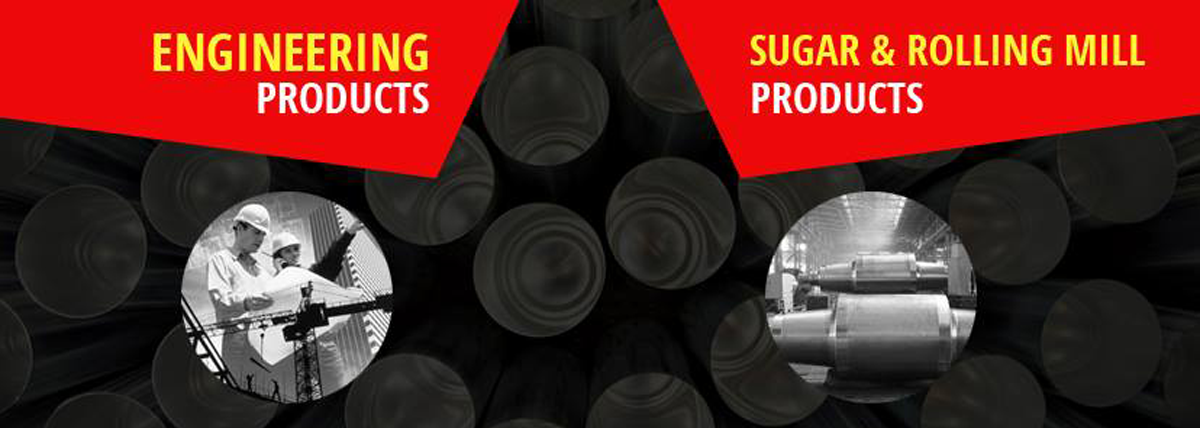India’s rapid infrastructural and industrial development has placed steel at the forefront of materials driving change. From highways and bridges to power plants and machinery, steel forms the core of engineering and construction. In this context, the demand for specialized steel components such as steel flanges, spring steel flat bars, steel round bars, and robust steel structures has seen exponential growth.
Steel Flanges: Connecting Industries, Quite Literally
As vital connecting components in pipelines, pressure vessels, and structural frameworks, steel flanges ensure reliability and safety in complex systems. They are essential in industries like oil and gas, petrochemicals, shipbuilding, and power generation.
Steel flanges suppliers in India play a crucial role in delivering components that meet both domestic and international standards. High-quality flanges are precision-engineered for pressure tolerance, corrosion resistance, and long-term durability. Whether it’s ANSI, DIN, or custom designs, dependable suppliers provide options suited to a range of operating environments.
Spring Steel Flat Bars: Strength Meets Flexibility
Spring steel flat bars are known for their remarkable combination of strength and elasticity. Used in automotive components, agricultural equipment, and heavy machinery, these bars are designed to withstand repetitive stress without deformation.
Precision manufacturing and controlled heat treatment processes make spring steel flat bars indispensable in dynamic applications where fatigue resistance is critical. Their adaptability to different environments and stress levels underscores their importance in both mechanical and structural contexts.
Steel Structures: The Framework of Modern India
From high-rise buildings to large-scale warehouses and industrial sheds, steel structures offer advantages like faster construction, design flexibility, and seismic resistance. With rising labor costs and tighter construction timelines, pre-engineered steel buildings are gaining popularity across sectors.
Steel structures are also preferred for their sustainability. Steel is 100% recyclable and has a lower carbon footprint compared to traditional materials like concrete, making it the choice for eco-conscious developers.
Steel Round Bars: Precision and Power in Every Application
Steel round bars are a versatile product used in machining, forging, shafts, and component manufacturing. Available in various grades and sizes, they serve industries ranging from automotive to defense.
Reliable steel round bars suppliers in India ensure consistent quality, dimensional accuracy, and customized solutions for client-specific requirements. Whether it’s carbon steel, alloy steel, or stainless variants, these round bars are tailored to withstand both tensile stress and environmental challenges.
The Future of Indian Steel Supply
As India continues to expand its industrial and infrastructural footprint, the importance of a dependable steel supply chain becomes paramount. Partnering with trusted suppliers not only ensures product quality but also boosts operational efficiency and project success.
In today’s globalized marketplace, steel is more than just a material—it’s a symbol of strength, resilience, and progress. Whether you’re in construction, manufacturing, or engineering, choosing the right steel products and suppliers can be a defining factor in your success.

